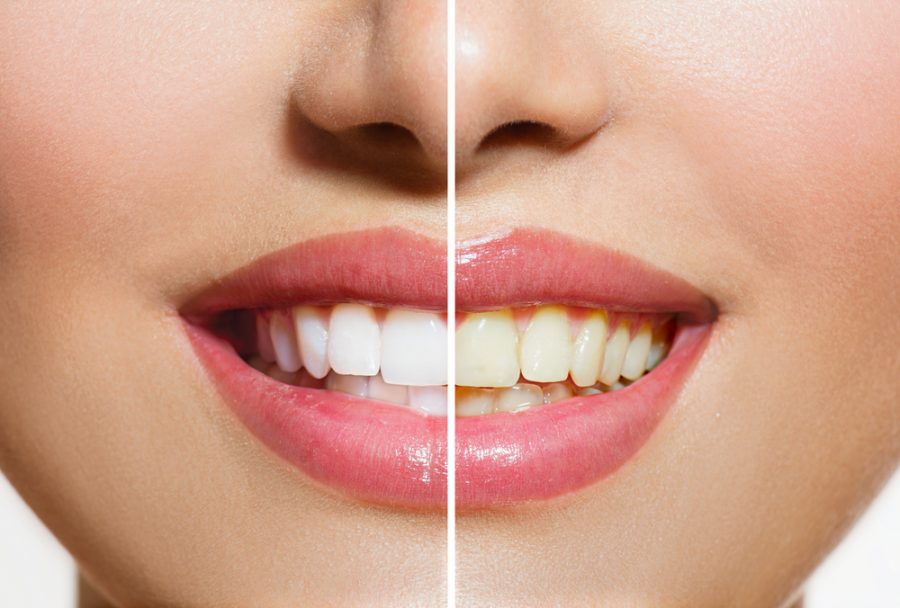‘Bleachorexia’ is a term used in dentistry whenever someone is having an obsession with bleaching their teeth to the point of bringing it to damage. Normally, bleaching is used if you want your discolored teeth to be back to its original color. However, if you constantly want to bleach your teeth in the hopes of whitening them more than they were before, then you’re putting your teeth in danger.

Why is over-bleaching dangerous?
Teeth bleaching uses powerful chemicals such as peroxide. Peroxide is one of the most used ingredient when it comes to teeth bleaching. As much as this ingredient can be effective in whitening your teeth, it can also damage healthy oral bacteria and make your teeth more sensitive.
The chemical used in teeth bleaching can be found in home bleaching products so you can just imagine how much this can damage your teeth. When used excessively, this may cause your teeth to decay or worse, break. One of the risks for over-bleaching is oral irritation which will make your gum and throat red and swollen. It can also cause your tooth enamel to erode over time.
How to prevent over-bleaching?
Make sure to only bleach your teeth once every three months and then rinse out any remaining bleaching mix with clean water. Use toothpaste that is non-abrasive to help rebuild your tooth enamel.
You can also help whiten your teeth naturally by eating fruits and vegetables with malic acid. Malic acid can perform as a natural stain remover by making you salivate more. It can also scrub your teeth while eating. Green apples, celery, and carrots can help protect your teeth from damage so that you will not need to bleach them anymore.
What is the right way to whiten your teeth?
Be knowledgeable about the various teeth whitening systems that are permitted by dental associations. Ask pittsburghdentalimplants.com/ to learn more about this.
Also, make sure that the peroxide that will be used on your teeth is just enough. If a greater amount of peroxide is on your teeth, then the peroxide should stay in your mouth for a lesser amount of time. Maintain oral health as well to prevent damage and discoloration. Brushing your teeth at least twice a day will greatly help your teeth to recover after intake of food and drinks that may stain your teeth.
What are the symptoms of bleachorexia?
One sign that you have bleachorexia is when your teeth have become more sensitive especially when exposed to cold substance. Bleeding gums is also a symptom because it means that the bleaching agents used have started to damage your gums too. Ask for professional advice once your teeth start to look blue or if the edges of your teeth have become see through already. Do not undergo any bleaching procedures for months once you see these symptoms.
Final Thoughts
Seeing those perfect pearly whites on celebrities all the time can definitely make you jealous of them. But over-bleaching is definitely not a solution to that! Bleaching can greatly help you in achieving those white teeth, but always remember that too much of something is always bad. What’s best is to talk to your dentist for the best solution if you are deeply concerned with how your teeth look.